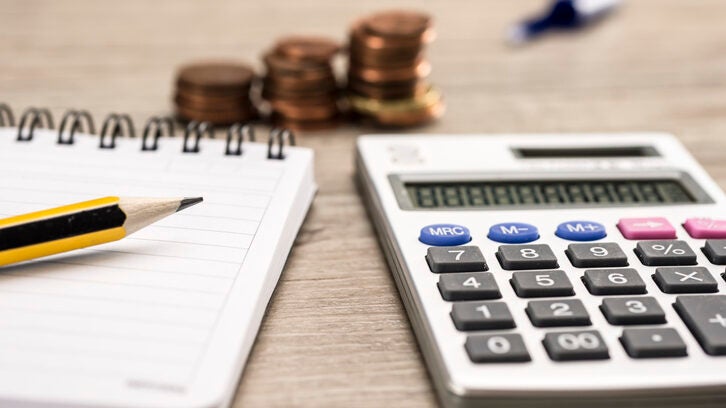
Over the past week, average savings account rates have inched up all while banks try to figure out if the Federal Reserve’s pause in interest rate hikes is permanent.
More broadly, savers are enjoying a favorable situation that offers an excellent chance to strengthen your emergency fund or save for a major purchase. Regardless of your goal, strive to find a savings account that features a competitive interest rate, minimal fees and exceptional customer service, along with a seamless digital user experience.
Known as “statement savings accounts” in the banking business, savings accounts offered minuscule yields after the 2008 financial crisis when the Fed slashed short-term rates to near zero, and kept them there for years, in order to stimulate the economy.
The narrative, however, was turned upside down following the government’s extensive spending during the pandemic. The nation’s central bank countered the inflationary effects of lockdowns and rounds of stimulus bills by significantly increasing interest rates to offset soaring prices, prompting banks to raise rates for savers.
Savings account rates — $2,500 minimum deposit
The highest interest rate on a standard savings account today is 4.22%, per Curinos, the same as a week ago. Meanwhile, the average APY (annual percentage yield) for a traditional savings account, as reported by Curinos, is 0.22%, up slightly from last week.
APY represents the return your account will generate in a year, taking into account compound interest—the interest earned on both the principal and previously accumulated interest in your account.
For instance, if you were to invest $2,500 at a 4.22% rate (the current high) for one year, you would earn roughly $110 in interest, assuming daily compounding and no additional contributions.
Savings account rates — $10,000 minimum deposit
The average APY for savings accounts requiring a minimum deposit of $10,000 is 0.23%, a tick higher than last week. But remember that many banks offer significantly higher rates.
Some of the top high-yield savings accounts, for instance, currently feature rates of 4.00% or higher.
Per Curinos, the highest interest rate today on a savings account requiring a minimum deposit of $10,000 is 4.22%. If you were to invest $10,000 at a 4.22% rate (the current high) for one year, you would earn more than $430 in interest, assuming daily compounding and no additional contributions.
Methodology
To establish average savings account rates, Curinos focused on savings accounts intended for personal use. Savings accounts that fall into specific categories are excluded, including promotional offers, relationship-based accounts, private, youth, senior and student/minor. The average savings rates quoted above are based on a $2,500 or $10,000 minimum deposit amount.
Frequently asked questions (FAQs)
A high-yield savings account is essentially a standard savings account that offers a higher interest rate on deposits. (It’s more of a description than a technical definition.) This rate can fluctuate based on the broader financial market and the specific bank or credit union’s business requirements.
Like most savings accounts, you can’t access your funds by writing checks and your withdrawals are typically limited.
A high-yield savings account is ideal for those who require a readily accessible option for funds that won’t be touched more than once a week. It’s a recommended choice for most people.
However, if you already have a well-balanced investment portfolio with high earning potential and a convenient savings account with a trusted bank, you might not need or want a high-yield savings account. In this situation, managing an additional account could be an unnecessary hassle.





